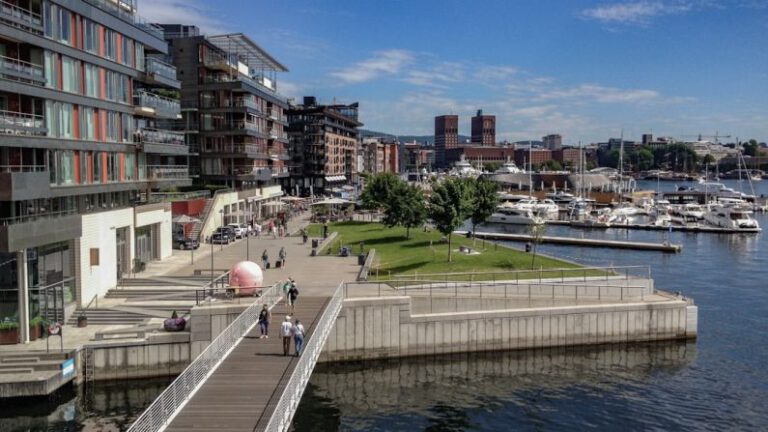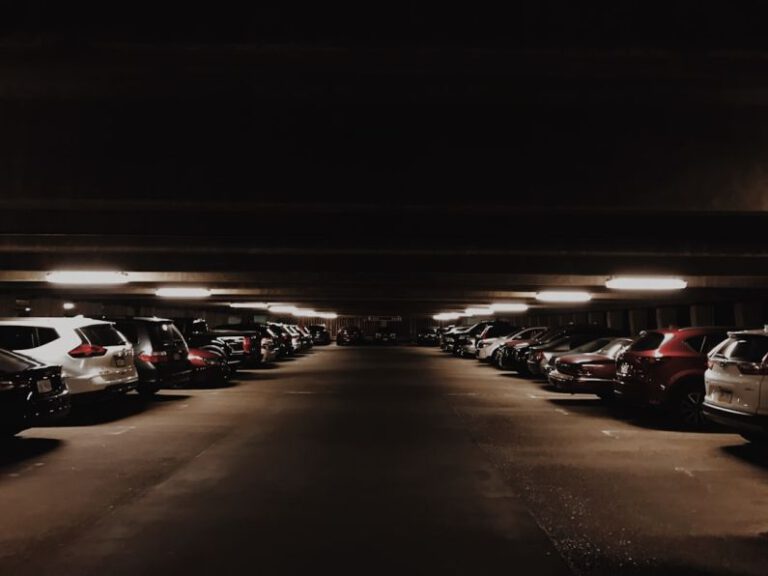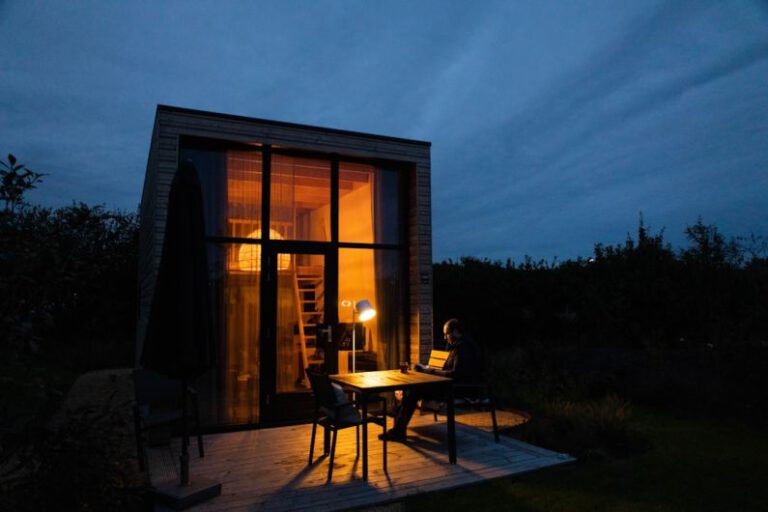The City That Walks: Pedestrianization Projects Changing Urban Spaces
Walking through bustling city streets can be an overwhelming experience, with cars honking, buses rushing by, and pedestrians jostling for space on crowded sidewalks. However, some cities around the world are taking bold steps to transform their urban spaces by prioritizing pedestrians over vehicles. Pedestrianization projects are changing the way we interact with our urban environments, creating more walkable, vibrant, and sustainable cities. From vibrant plazas and car-free zones to pedestrian-friendly streetscapes, these initiatives are reshaping the urban landscape and offering a glimpse into a more people-centric future.
### The Rise of Pedestrianization Projects
In recent years, cities have been increasingly embracing pedestrianization projects as a way to address issues such as traffic congestion, air pollution, and lack of public space. By restricting vehicular access to certain areas or completely pedestrianizing them, cities are not only promoting walking as a mode of transportation but also enhancing the overall quality of urban life. Pedestrian-friendly zones encourage social interaction, support local businesses, and improve the health and well-being of residents.
### Case Studies in Urban Transformation
One of the most well-known examples of successful pedestrianization is the transformation of Times Square in New York City. Once a congested and chaotic intersection dominated by cars, Times Square underwent a radical redesign in 2009 that turned it into a pedestrian oasis. Today, the iconic square is a vibrant public space where people can relax, socialize, and enjoy the bustling energy of the city without the constant presence of vehicles.
Another noteworthy case is the pedestrianization of La Rambla in Barcelona, Spain. This famous boulevard, once overrun by traffic, was transformed into a pedestrian-only zone, allowing residents and visitors to stroll leisurely along tree-lined promenades, browse street vendors, and soak in the city’s unique atmosphere. The project not only improved the quality of life for locals but also boosted tourism and economic activity in the area.
### Benefits Beyond Walking
While pedestrianization projects primarily focus on creating walkable spaces, their impact goes far beyond just walking. By reducing the dominance of cars in urban areas, these initiatives help mitigate traffic congestion, improve air quality, and promote sustainable modes of transportation such as cycling and public transit. Pedestrian-friendly environments also encourage physical activity, leading to healthier lifestyles and decreased rates of obesity and chronic diseases.
### Overcoming Challenges
Despite the numerous benefits of pedestrianization, implementing these projects is not without challenges. Opposition from local businesses concerned about potential loss of customers, resistance from residents accustomed to driving everywhere, and logistical hurdles related to infrastructure and design can pose significant obstacles. However, successful pedestrianization projects often involve extensive community engagement, careful planning, and phased implementation to address these challenges and ensure the buy-in of all stakeholders.
### The Future of Urban Mobility
As cities grapple with the complex challenges of urbanization, climate change, and public health, pedestrianization projects offer a glimpse of a more sustainable and livable future. By prioritizing people over cars, creating vibrant public spaces, and promoting active modes of transportation, cities can not only improve the quality of life for their residents but also reduce greenhouse gas emissions, enhance social cohesion, and foster economic development.
### A Call to Action
The success of pedestrianization projects in transforming urban spaces underscores the need for cities to prioritize sustainable and people-centric urban planning. By investing in pedestrian-friendly infrastructure, promoting alternative modes of transportation, and engaging communities in the decision-making process, cities can create more inclusive, resilient, and vibrant urban environments. As we look towards the future, let us embrace the city that walks and continue to reimagine our urban spaces for the betterment of all.






